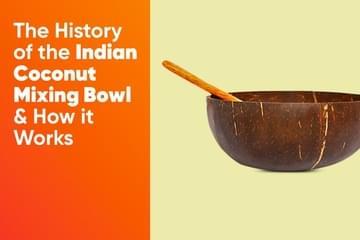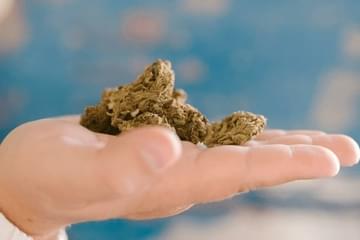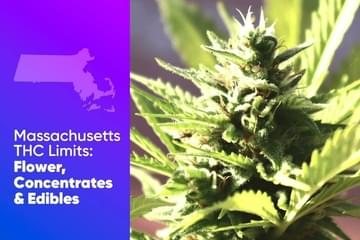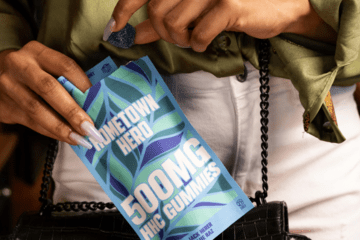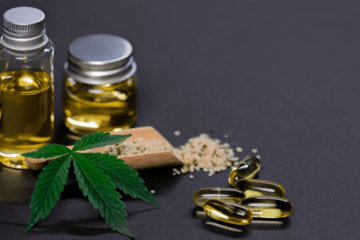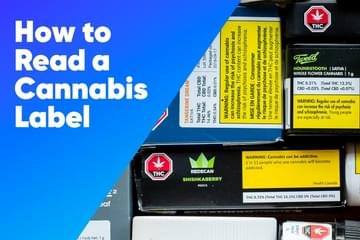
What Does Sinsemilla Cannabis Mean?
Published on 8/8/21
No matter how invested you are in the cannabis community, you've got to admit that the sheer amount of terminology can be a little daunting. Countless strains. Hundreds of chemical compounds. Dozens of smoking methods. The list goes on. We are here to define a term that you may well have run into a few times: sinsemilla. Let's take a look at sinsemilla cannabis, address what it is, why it's different, where it comes from and debunk a few common myths.
What is Sinsemilla Cannabis?
Sinsemilla derives from two Spanish words: "sin" meaning "without" and semilla meaning "seed." Sinsemilla cannabis is also frequently spelled "sensimilla," "sensimilia," or just shortened to "sensi." This type of cannabis is, simply, weed without seeds produced from unfertilized female plants. This type of cannabis is not pollinated during cultivation. Sinsemilla cannabis is generally more potent, has more essential oils and causes a much stronger psychoactive effect than seeded cannabis.
Why is Sinsemilla Cannabis More Potent?
 Unsplash
UnsplashSinsemilla cannabis is more potent for one reason: energy. Cannabis grown from seeds, female cannabis plants that are pollinated during cultivation, spend a lot of energy producing other seeds. Seedless cannabis does not become pollinated and spends the energy it would use on producing seeds on producing healthy, blooming trichomes and lots of resin. Since cannabinoids such as CBD and THC are found primarily in the resin, sinsemilla weed will have much higher cannabinoid levels for stronger potency levels. Additionally, the resin is also where the plant's aromatics are produced, meaning that sinsemilla weed also usually tastes and smells better.
A Brief Sinsemilla History
In the wild, male plants pollinate female plants and then produce seeds that grow with the buds. These buds have the genetics of both male and female plants that grow and die every year, dropping new seeds to begin the cycle the next year. Until the 1970s, most marijuana was imported from Mexico and parts of South America. The weed we imported was generally wild-grown and poorly processed with lots of seeds and stems mixed into the final product.
Around 1970 when cannabis production began in the US, it was discovered that separating male cannabis plants from female plants results in seedless bud that tastes better and hits harder. This revelation changed the cannabis industry, and sinsemilla seeds became the new standard of the American weed scene for a variety of reasons.
Sinsemilla Buds in Today's Cannabis Industry
It wasn't until the 1990s that sinsemilla made its biggest impact on the cannabis industry. Up until this point, male and female plants were grown together, and male plants were culled before they could pollinate the female plants so no seeds would be produced with their bud. Of course, this meant a complicated (although worthwhile) cultivation process. Then feminized seeds changed this completely.
Breeders were able to slowly develop "feminized" seeds by stressing female plants to grow male features like pollen while also producing beautifully resinous buds. This was a game changer because feminized seeds allowed home-grow and small-time operations to flourish without having to worry about figuring out the sex of their plants and culling half or more of their crop that turned out to be male plants. The cultivation process has been simplified and, with feminized seeds, most anyone can easily grow marijuana plants at home (if it's legal, of course). It is important to note that, while feminized cannabis is often referred to as "female," feminized seeds produce feminized plants - there is a difference. Nowadays, almost all cannabis grown (and smoked) is sinsemilla. Because seedless cannabis is now the industry standard, the word sinsemilla is rarely used - we just call it marijuana.
Common Sinsemilla Myths Debunked
 Unsplash
UnsplashSinsemilla & Marijuana are Different Varietals of Cannabis
False. Sinsemilla cannabis is grown from the same plant. It simply relies on different cultivation methods that selectively breed feminized cannabis. Some critics say we shouldn't call sinsemilla marijuana at all and that it's an entirely different plant, but that opinion is largely found to be unfounded.
Sinsemilla is More Dangerous than Marijuana
False. This is an old propaganda move when it was originally found that seedless weed was more potent. The goal was to convince people that weed would continue to become more potent and more "dangerous" to society. Fortunately, this narrative has largely been dropped, although the myth is still brought up occasionally.
There are a Limited Number of Viable Sinsemilla Strains
False. Sinsemilla cannabis is the product of selective breeding that can happen with any strain. You do not have to choose indica vs. sativa strains with sinsemilla; the options are endless.
Feminized Seeds Are Genetically Engineered
False. Something is genetically engineered when the DNA of one species is infused with another; something that does not happen naturally. Instead, feminized seeds are genetically modified, which is a selective breeding process that could happen naturally, growers simply guide and quicken the natural trajectory.
There's a lot of awesome things to know about the cannabis industry. To learn more about marijuana and the cannabis industry, check out our blog! Let us know what you want to know about cannabis, below.









